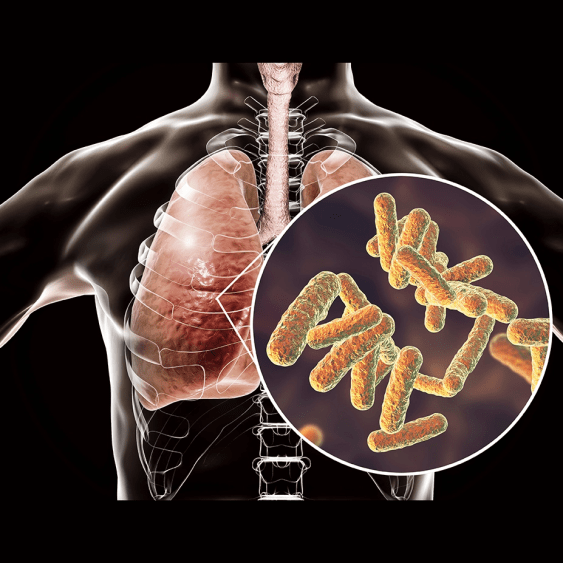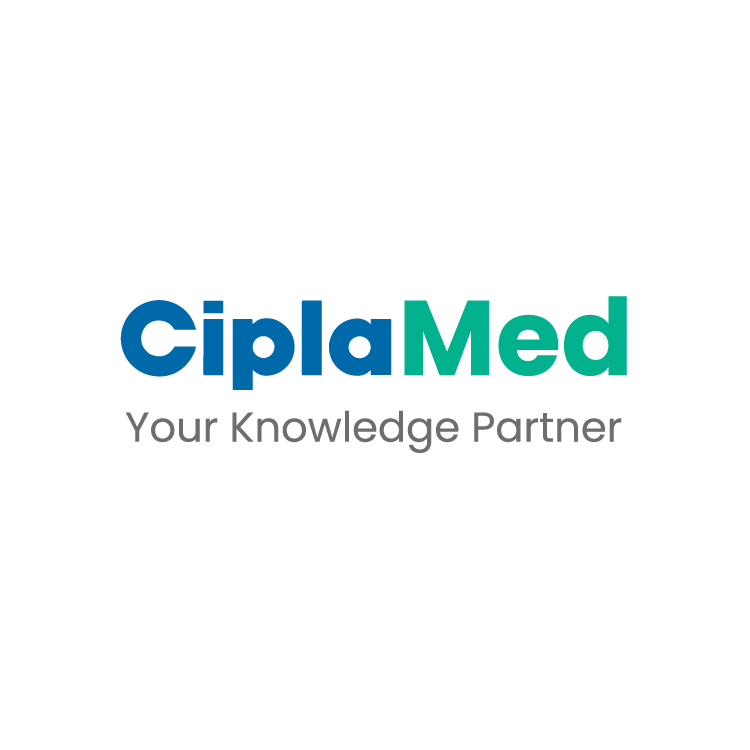Harnessing Mucosal Immunity in Vaccination
Speaker: Anu Goenka (United Kingdom)
Introduction:
The role of mucosal immunity in providing indirect protection by reducing individual infectiousness and interrupting transmission was explored. Both direct and indirect protection post-vaccination were highlighted.
Rotavirus Vaccine Case Study in Rwanda:
An oral live attenuated vaccine was introduced in 2012. Surveillance data from eight hospitals showed reductions in rotavirus-positive stools among vaccinated infants, with indirect protection observed in unvaccinated age groups.
Mechanism Behind Indirect Protection:
Mucosal immunity was identified as the likely mediator. Both parenteral and mucosal vaccines were shown to stimulate mucosal and systemic responses. A past safety issue was noted with an inactivated intranasal influenza vaccine, linked to Bell’s palsy.
Challenges in Development:
The “Valley of Death” in preclinical vaccine development was emphasized. Mucosal vaccine development was described as particularly challenging. Three key research questions were posed to address current gaps in understanding and evaluation.
Existing Vaccine Evidence:
Indirect protection was demonstrated with meningococcal and pneumococcal conjugate vaccines. COVID-19 vaccines were associated with strong serum IgG but poor mucosal IgA responses, indicating limited impact on transmission.
Insights From Natural Infection and Challenge Studies:
Studies on RSV and influenza highlighted the superior predictive value of mucosal IgA over serum antibodies for infection risk and viral shedding.
Use of Tonsil Organoids:
Tonsil organoids were developed to model human mucosal immunity. Antigen stimulation produced donor-specific, MHC class II-dependent antibody responses, with no correlation to serum antibody levels.
Vaccine Testing Using AdoCoV Platform:
A thermostable virus-like particle vaccine (Adoma) targeting SARS-CoV-2 was tested using tonsil organoids, demonstrating spike-specific antibody responses in seropositive donors and bridging potential between preclinical and early clinical phases.
Advancements in Mucosal Vaccine Evaluation:
The intranasal AdoCoV vaccine was shown to be immunogenic in mice and organoids. The inclusion of mucosal assays in clinical studies was emphasized, alongside novel delivery approaches such as microneedles and mucolytic-conjugated antigens.
Oral Norovirus Vaccine Example:
A Phase 2 trial of a virus-like particle vaccine demonstrated reduced infection and shedding, with broad mucosal and systemic responses. Fecal IgA emerged as the strongest correlate of protection.
Conclusion:
Mucosal immune responses were recognized as central to indirect protection. It was emphasized that mucosal immunity should be incorporated across all stages of vaccine development. Tools like tonsil organoids and salivary sampling were suggested to enhance vaccine design and evaluation.
Panel Discussion Summary:
Barriers to non-live mucosal vaccines were attributed to safety concerns and research limitations. Saliva-based surveillance was proposed for monitoring immunity. Organoid validation was supported through replicates and donor banks. Overcoming mucosal tolerance was linked to delivery system design.
ESPID 2025, 26-30 May, Bucharest



